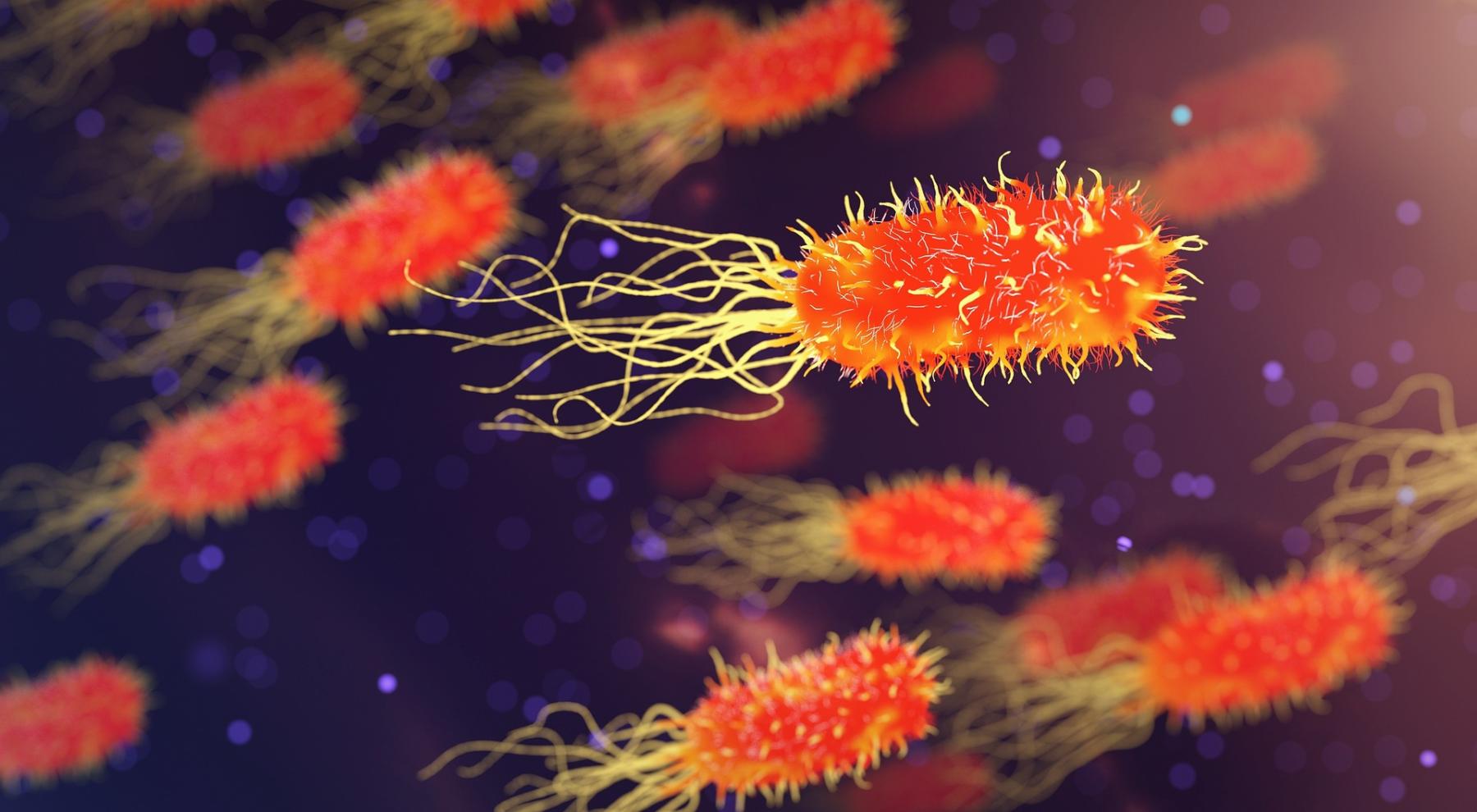
Antibiotics and Antibiotic Resistance
by Alfred Santos
This lesson introduces the students to what are antibiotics, how they work, and why they are important. At the same time, it also talks about how an organism becomes antibiotic resistant. The students will explore this topic by conducting a Kirby-Bauer Sensitivity Assay.
Lesson Plan Link/URL
https://docs.google.com/presentation/d/10x7TbfbY5axVJnzuXjSxDAM1Giw8UuOVQGv79M6…Subject Area
Science Life Science L3: Genetics & Heredity L4: Evolution Technology 5. Computational Thinker Mathematics Measurement and Data (MD)
Featured
Off
Related Content

Grades:
9th Grade, 10th Grade, 11th Grade, 12th Grade
Students will use Gel Electrophoresis to diagnose the dominant, fatal, genetic disorder of Huntington's Disease, a neurodegenerative disorder caused by an excessive number of CAG repeats in the DNA

Grades:
9th Grade, 10th Grade, 11th Grade, 12th Grade
Students will explore the historical use of natural pigments by indigenous peoples, particularly those native to the Southwest region. They will use mathematical concepts to paint using the pigments

Grades:
9th Grade, 10th Grade, 11th Grade, 12th Grade
The first rule in the chemistry lab is “don’t eat or drink or lick anything in the lab”! This lesson breaks those rules and shows students how culinary is really a practical application of chemistry